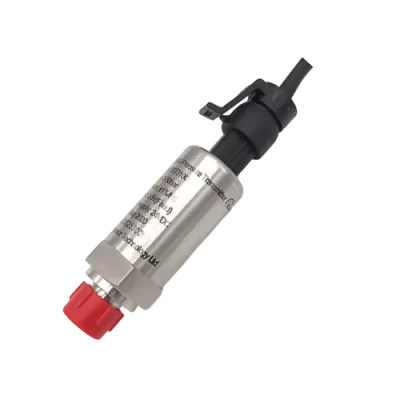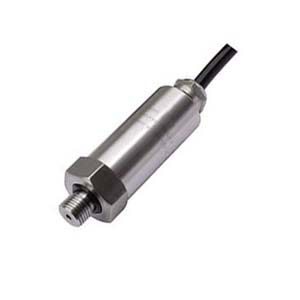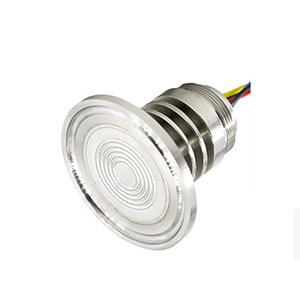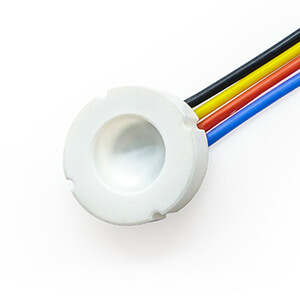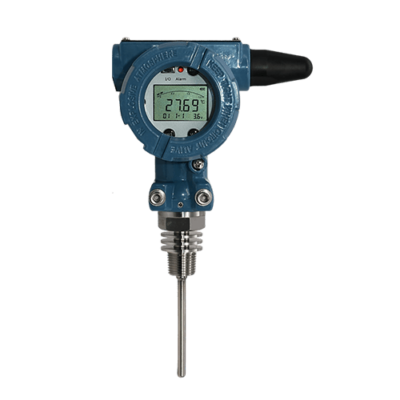What is IIC output?
IIC output refers to I²C output, which stands for Inter-Integrated Circuit output. I²C is a widely used digital communication protocol in electronics and IIC pressure sensor applications.
I²C is a communication protocol that allows multiple devices (i.e pressure sensors) to communicate with each other using just two wires (SCL and SDA).
It is useful in applications where multiple IIC pressure sensors need to communicate with a single controller or where digital data processing is required.
Highlight features of IIC pressure sensor
I²C output in pressure sensors provides a digital communication method that offers advantages in terms of accuracy, noise immunity, and ease of integration with digital systems.
Physical Structure
- Two wires: SDA (Serial Data) and SCL (Serial Clock)
- Both lines are “open drain,” meaning they can be pulled low but not driven high
- Pull-up resistors are used to bring the lines to a high state when idle
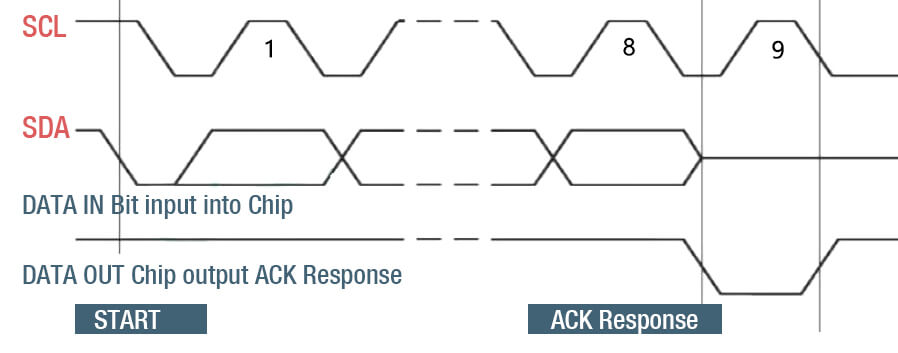
Communication Principles
- Master-Slave architecture: One device (usually a microcontroller) acts as the master, initiating all communications
- Each slave device has a unique address
- Data is transferred in 8-bit packets
- Bidirectional communication is possible
Signal Sequence
Imagine a conversation where the master says, “IIC pressure sensor at address 0x53, give me your pressure reading,” and the sensor responds with a series of bytes representing the pressure value.
- Start condition: SDA goes low while SCL is high
- Address transmission: 7-bit address of the target slave
- Read/Write bit: Indicates whether the master wants to read from or write to the slave
- Acknowledgment (ACK): Slave confirms receipt of each byte
- Data transmission: 8-bit data packets
- Stop condition: SDA goes high while SCL is high.

Example: Industrial Boiler Monitoring System
Background
Let’s consider a practical example of an industrial boiler monitoring system, a large industrial facility uses multiple boilers to generate steam for various processes. Accurate pressure monitoring is crucial for efficiency and safety.
I want to use this example to highlight how IIC pressure sensor can improve efficiency, safety, and overall system performance.
System Setup:
- 3 large boilers, each requiring pressure monitoring at 5 different points
- 1 central control system
- Total of 15 pressure sensors needed
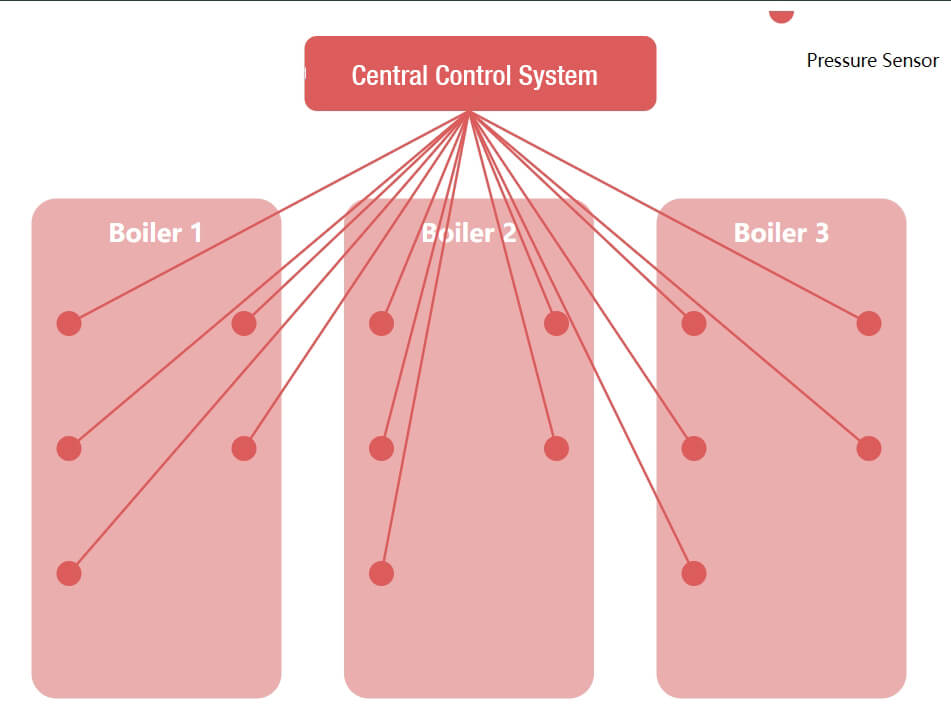
Application Benefits
Let us dive into the real benefits for such boiler monitoring system when use IIC pressure sensor.
Simplified Wiring:
- Traditional analog sensors would require 60 wires (4 wires per sensor: power, ground, and two for the signal).
- With I²C sensors, only 4 wires are needed for all 15 sensors (power, ground, SDA, SCL).
- Benefit: Significant reduction in wiring complexity, installation time, and cost.
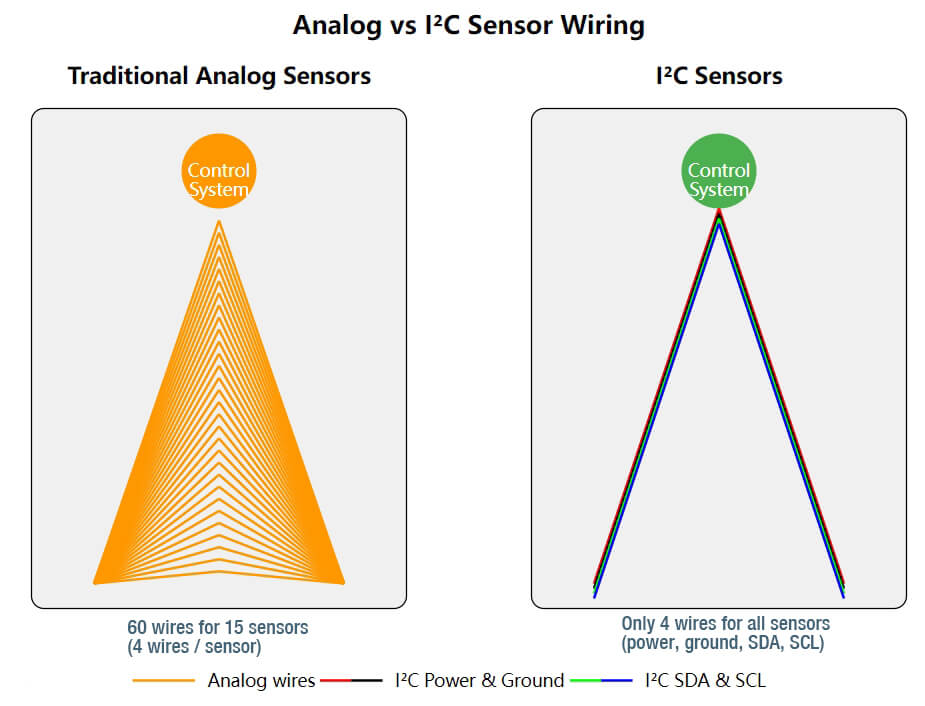 Improved Accuracy:
Improved Accuracy:
- I²C sensors provide digital output, eliminating analog-to-digital conversion errors.
- Digital transmission is less susceptible to electromagnetic interference.
- Benefit: More accurate pressure readings, leading to better boiler control and efficiency.
Multi-parameter Sensing:
- Many I²C pressure sensors also include temperature sensing.
- Benefit: Get pressure and temperature data from a single sensor, enhancing system monitoring capabilities.
I²C Sensor ESS319-IIC (Address: 0x53)
Easy Calibration and Configuration:
- Sensors can be calibrated or configured via I²C commands.
- Example: Changing the sampling rate
- Benefit: Remote calibration and configuration without physical access to sensors.
Fault Detection:
- I²C protocol includes built-in error checking.
- Sensors can report diagnostic information.
Benefit: Quickly identify and locate faulty sensors or communication issues.
Scalability:
- Easy to add more sensors to the system without significant wiring changes.
- Each sensor has a unique address (e.g., 0x53, 0x54, 0x55, etc.)
Benefit: System can be easily expanded or modified as needs change.
Real-time Monitoring:
- Fast data acquisition from multiple sensors.
- Example of reading from multiple sensors:
- Benefit: Comprehensive, real-time view of pressure across all boilers.
Real-time Sensor Monitoring
Integration with Digital Systems:
- Easy integration with microcontrollers and PLCs.
- Data can be directly used for digital control systems and IoT applications.
Benefit: Seamless integration into modern, digital industrial control systems.
Power Efficiency:
- I²C sensors often have lower power consumption.
- Can be put into low-power modes when not actively measuring.
Benefit: Reduced energy consumption, especially important in large-scale deployments.
Cost-Effectiveness:
While individual IIC pressure sensor might be more expensive than simple analog sensors, the overall system cost (including wiring, installation, and maintenance) is often lower.
Benefit: Lower total cost of ownership for the pressure monitoring system.
How to modify the address of IIC pressure sensor?
Modifying the address of IIC pressure sensor is an important skill, especially when dealing with multiple sensors on the same bus or when encountering address conflicts. The process can vary depending on the specific sensor model, usually, the normal practices of changing IIC address including:
- Hardware Address Modification: Some sensors have address pins that can be physically connected to change the address.
- Software Address Modification: Some sensors allow changing the address via software commands.
- Using Address Translators: For sensors that don’t support address changes, you can use an I²C address translator IC.
The exact method for changing the I²C address depends on the specific sensor you’re using. Always consult the sensor’s datasheet or manufacturer’s instructions for the most accurate and safe method to modify the I²C address.
In Eastsensor, we use IIC Address modifier to change address for ESS3 Series pressure sensor.
Click to download: OPERATION MANUAL-ESS3 IIC ADDRESS MODIFIER
Please feel free to contact one of our support or sales representatives for more details.

Note
While I²C pressure sensors offer many advantages, they also have some drawbacks.
Limited Cable Length and Bus Capacitance Issues are perhaps the most significant limitation of I²C pressure sensors, especially in industrial or large-scale applications.
I²C Cable Length Visualization
Cable Length: 1 meters
• I²C was originally designed for on-board communication, with a typical maximum cable length of about 1 meter (3.3 feet).
• This limitation is due to the bus capacitance, which shouldn't exceed 400 pF as per the I²C specification.
• Longer cables increase capacitance, which can degrade signal quality.
• As cable length increases, the rise time of signals increases, potentially violating I²C timing requirements.
These disadvantages highlight that while I²C pressure sensors are excellent for many applications, but they may not be ideal for systems requiring long-distance communication or extremely high-speed, multi-sensor data acquisition.
In such cases, alternative interfaces like 4-20 mA (for long distances) or SPI (for high-speed, multi-sensor setups) might be more appropriate.

